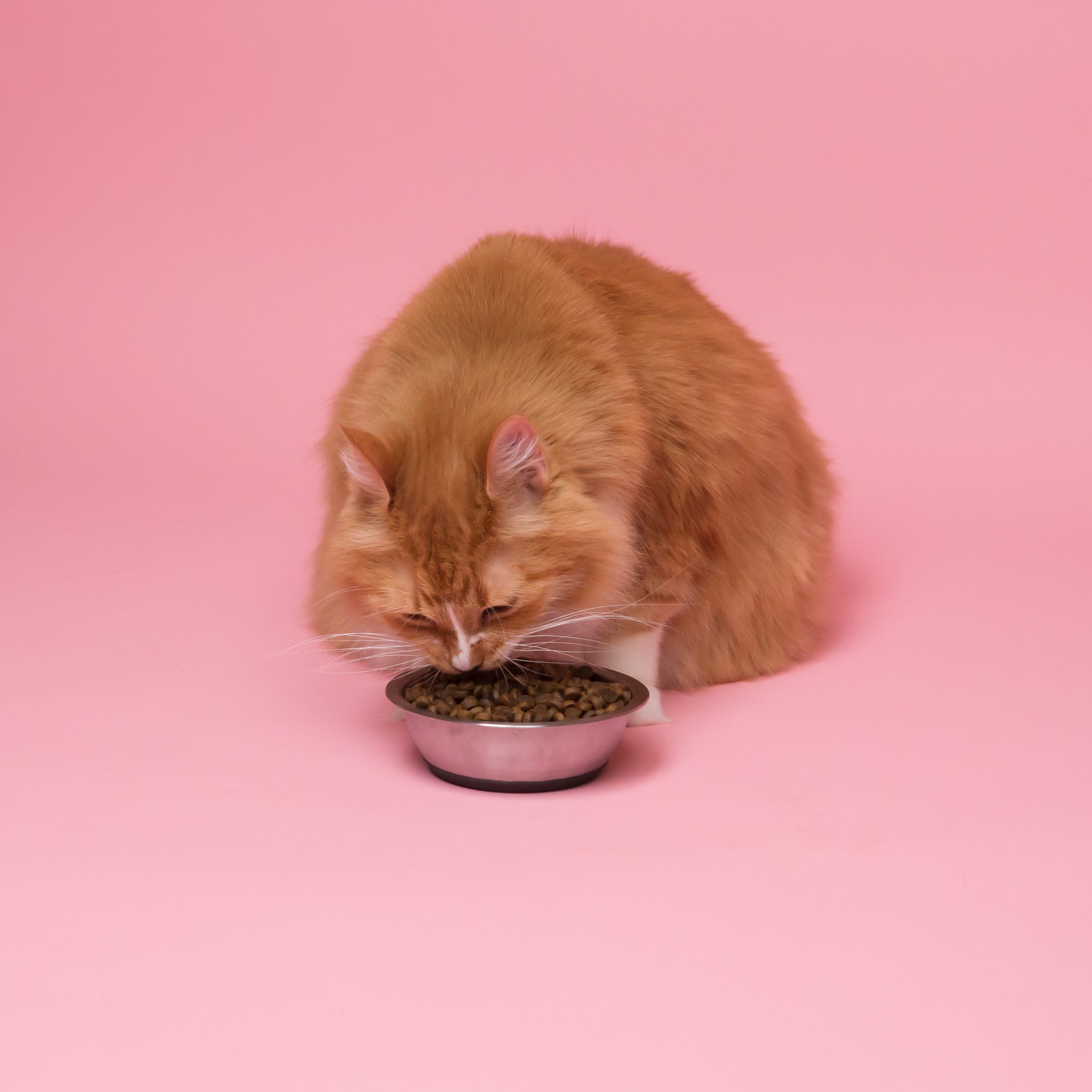Many dog owners forget to check their pets’ nails. Often, they only inspect these body parts when it is time to trim. If you are someone who never pays attention to your dog’s nails, you need to start as soon as possible. Just as with any other condition with your dog, you need to make sure that their nails are healthy. You need to recognize what is normal and what seems off for the health of your pet. Learn why your dog’s nail may be black and more in the information provided in the article below.

Table of Contents
- Why is My Dog’s Nail Black?
- Why Does My Dog Have Different Colored Nails?
- Why Dogs Have Nails?
- Reasons Why a Dog’s Nail is Black
- FAQs
Why is My Dog’s Nail Black?
Before getting into the reasons your dog’s nail is black, you must understand that sometimes, this color could be normal and healthy. If your pet has dark fur, they likely have black toenails. If they have light-colored hair, they likely have white or tan nails.
If you notice that your dog’s nails start to turn black, when initially they were white, it likely has some medical conditions. Read more about a variety of the options in the list provided below.
Nail Infections
If your dog has a bacterial or fungal infection, it may have a nail that starts to turn black. You will need to speak to your vet about a prescription for antibiotics. This pill could allow the discoloration to go away in a short timeframe.
Your dog’s veterinarian may also prescribe a topical ointment that you will apply directly to its nails. This cream will work as an antibiotic, but it will go directly to the toenail. Your dog’s immune system will determine which treatment will work better for the discoloration.
If you suspect that your dog has a nail infection, there are other symptoms you may notice. The toenail will likely have an odd shape. Rather than turning completely black, it may only develop black spots on the nail. The pattern is a sign that the infection is still in its early stages.
Your dog will start to favor the legs that do not have the infection. It will likely hold the foot with the medical condition in the air, limping on the three other limbs. This action shows that your dog is in pain.
Your dog will also start to lick at the foot due to the hurt that exists. The saliva acts as a natural pain reliever.
If you and your vet catch the infection early enough, it will not spread over more than one or two toenails. If you leave the condition untreated, it could lead to more serious and deadly problems.
Trauma
If your dog had any source of trauma on their toenails, it could start to turn them black. The injury would have to happen to the nails directly.
You will see a large dark spot, or the entire toenail will be a darker color. This discolored area will be like a bruise.
The unique feature of a discolored nail that comes from trauma is how it develops. As the toenail grows out, the normal color will return. The next time you trim your dog’s nails, you can clip away the black spots from the trauma.
Depending on the severity of the trauma, your dog’s nail may turn black later. The initial color could be red, and after, it could go to brown. After this phase ends, the toenail will turn purple, and it will end black.
Your dog will be in a severe level of pain if the cuticle starts to separate from the nail bed. The toenail will look like it is barely on your pet’s foot, hanging by a thread of sorts. In this situation, you need to take your dog to the vet. The professionals can determine if they need to remove the nail or if they can let it heal.
Natural Aging
Once your dog starts to age, it will develop black-colored nails. If your pet has a multicolored coat and already has a couple of beige toenails, this process is more likely to occur.
Your dog will start to gray at the same time that its nails begin to darken. You will want your pet to be as healthy as possible, so monitor other situations and symptoms. Otherwise, the black nail discoloration is normal for a dog who is quite old.
You will notice that your dog’s nail will get thicker as it becomes darker. It becomes much sturdier, which could be to further help your pet remain sturdy and on their feet. Do not feel alarmed because your dog will not pick at it. The thickening and the darkening will not harm or hurt your pet.
Do not rush to completely remove the nail or cut it off of your dog. Remember, the toenail is not dead, and it still has a significant amount of life yet. The nail is necessary as it will continue to protect your dog, performing many of the same functions listed below.

Allergies
This reason may seem strange, but your dog’s nail can turn black if it has allergies. Most of the time, your pet will vomit or will start to develop congestion. You will notice hives breaking out around your dog’s face, causing it to itch excessively.
When your dog’s nails darken due to allergies, you will notice that a pattern will start to develop. It will have stripes or sports, as mentioned in the information above. Sometimes, you will notice that the toenail will turn black virtually overnight, which is a dramatic change in a sense.
Sometimes, the discoloration could come from long-term allergies. In other cases, it could be because of a flare-up that your dog experiences in specific seasons of the year. You need to discuss the worrying symptoms with your dog’s vet to determine the best path of action that you need to take.
If the discoloration is due to your dog’s allergies, you do not need to worry about it. The dark color is not dangerous, and it will not cause your pet severe illness. Your vet is able to perform a test to determine the cause of the allergy symptoms, however, so that you can remove the allergens.
Tumors and Growths
Tumors and growths can cause your dog’s nails to discolor. The process is similar to what occurs when your pet bruises its toenail. It will be a sudden black discoloration that is something that your vet will need to inspect.
The growth or tumor may not be immediately noticeable, depending on where it is on your dog’s body. It will likely be on the foot, leg, or toenails. This growth or tumor could even occur on the bottom of your dog’s paw, leading to painful walking conditions.
Most of the time, growths and tumors are benign. If they cause discomfort to your dog, your vet can remove them in a quick surgery. You will need to monitor your pet throughout the healing process. It is essential that it does not lick at itself, as this behavior can interrupt healing.
Sometimes, growths and tumors can come from cancer. If your dog’s vet suspects malignancy, they can perform a biopsy. If cancer is present, surgery is the next step that the professionals will take. After, your dog will have to undergo a wide variety of treatment protocols.
Autoimmune Diseases
Finally, there is one autoimmune disease that can cause your dog’s toenails to turn black.
Most pet owners know about this condition before it gets to the point that the nails start to discolor. More specifically, the illness your dog may have to undergo is symmetrical lupoid onychodystrophy, otherwise known as SLO.
SLO is an autoimmune disease that happens among canines that vets experience on a frequent basis. By the time nails start to discolor, they will know the steps to take to treat the symptoms. Your dog will feel better in a short time.
Not only will your nails start to discolor if your dog has SLO, but there will also be other symptoms in place. The toenails will begin to break apart, and cracks will develop in the nail bed or on the end of the nail. Sometimes, the nails will fall off without warning, which will cause your dog pain.
As soon as you notice one of the nails start to break, you will need to call the vet. Wrap your dog’s paw in gauze if possible to prevent excessive bleeding. You do not need more symptoms to manage at a stressful time with an autoimmune disease.

Why Does My Dog Have Different Colored Nails?
Your pet could have multicolored nails if they have multiple colors in their fur. Some of their nails may be black, and others white or tan, for instance. This situation is another normal situation.
If your dog began with light-colored nails and they start to turn black, it could be because of one of the medical conditions listed above. Your pet could have a health condition that you should talk about with a vet.
Why Dogs Have Nails?
Now that you read an article about the discoloration of your dog’s nails, you may wonder why these body parts exist. Your pet’s toenails are keratin, which is a hard protein. They have blood channels flowing throughout them and nerves that cause pain when the nails break.
Your dog cannot do without their nails, and it is difficult for them to take care of them on their own. This reason is why you must take the time to trim the toenails before they become too long.
Learn some of the reasons these body parts exist in the list below.
Gripping
Your dog’s toenails help it to grip specific surfaces. Your pet can grab its food out of a tight space if it drops a piece. It can help them grab a toy if it is in a difficult place. When eating a bone, your dog’s toenails can help it grip to the surface.
Traction and Balance
Your dog also uses its nails to grip the ground so that it does not fall. The toenails run smoothly over rough surfaces, preventing injuries. You likely notice that dogs rarely fall, no matter what type of terrain they walk over.
Digging
Digging may seem like a negative behavior that you do not want your dog to do. Nails help your pet create the holes so that they can get what they want. The toenails will withstand tears and harm that come from the hard dirt and rocks.

Reasons Why a Dog’s Nail is Black
There are many reasons why your dog’s nail may be black. It could be natural if your dog has dark fur or if they have multicolored hair anywhere on their bodies. If your dog gets to old age, it is natural for the toenails to start to discolor.
There are also a variety of health conditions that your dog may have if its nails start to turn black. It may have something as serious as cancer or symmetrical lupoid onychodystrophy. Simpler conditions causing the discoloration include allergies, infection, and trauma, all of which are easily treatable.
FAQs
There are many reasons why your dog’s nails may turn black. If your dog starts to age, their toenails will start to darken and will thicken up over time. If your pet has an allergy flair-up, you may see dark spots on your dog’s nails. If there is a growth, you will also see darkening.
Sometimes, black nails are perfectly normal for dogs. Most of the time, this will occur if your pet has dark fur on their bodies. If your dog starts to become old, it may also develop black nails. It will also start to thicken up, but do not rush to cut the toenail off.
There are conditions in which you need to talk to your vet about the discoloration on your dog’s nails. It could be because of allergies or infections. Other conditions include trauma. Finally, there are cancers or growths that could lead to your dog’s nails becoming black over time.





